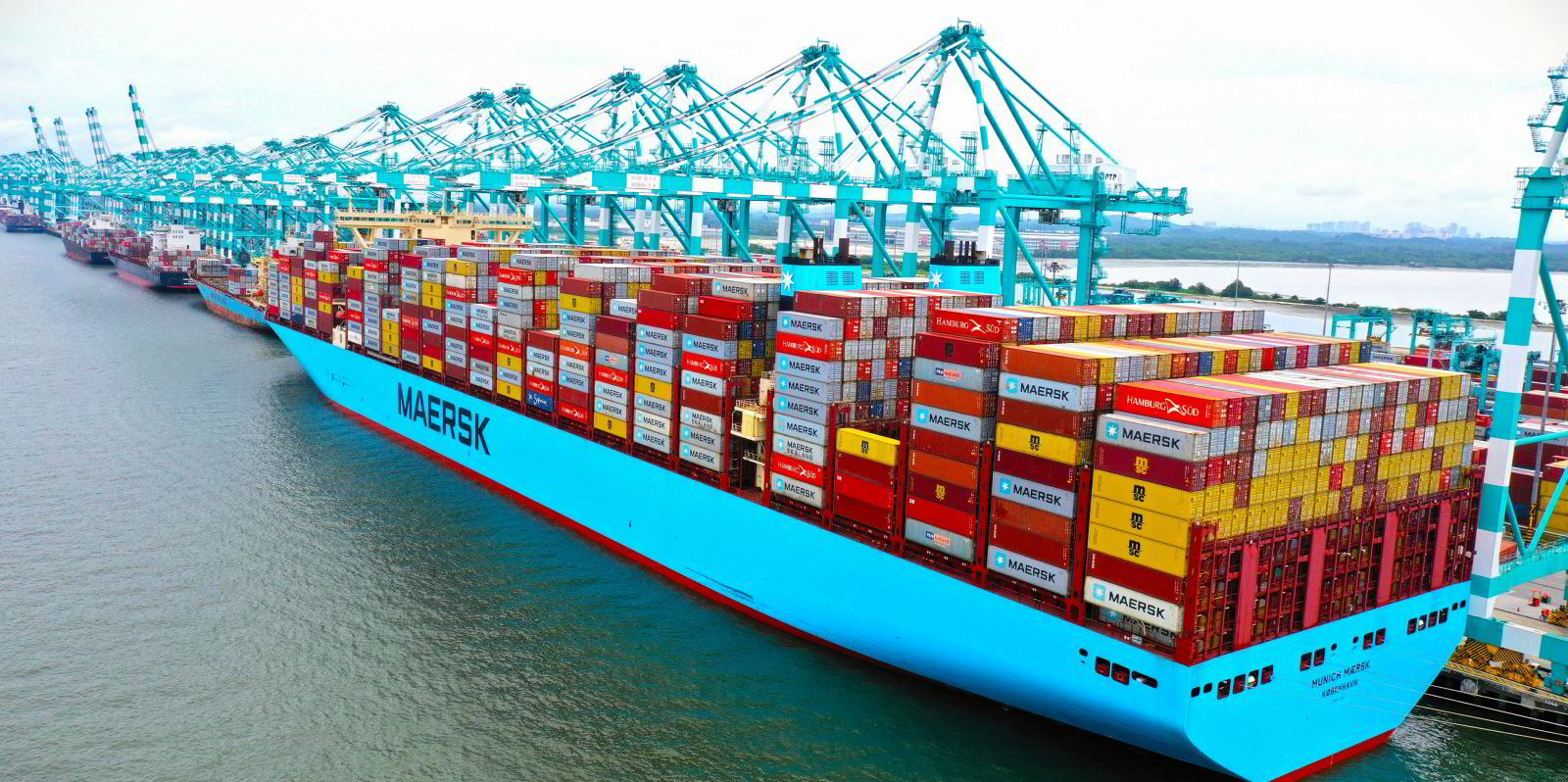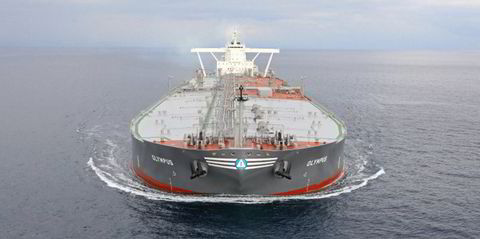Zim is preparing for a freight market in which some liner services are no longer viable.
The Israeli carrier is planning to redeliver charters, blank sailings and streamline its service network to cut costs.
Chief executive Eli Glickman said that will help the company adapt to what he calls the “new normal”.
That refers to an emerging operating environment where carriers face higher costs and lower revenues.
A taste of what 2023 may herald is already emerging on some routes, noticeably on the transpacific.
On the trade from Asia to Los Angeles, where Zim operates an expedited service, the freight market is already close to breakeven levels.
“There is not much more room for further reduction in this trade,” Zim chief financial officer Xavier Destriau said.
“When we pass the breakeven, there will be a lot of different actions we will take.”
The first steps could involve the blanking or cancellation of sailings.
Zim and partners, including Swiss operator Mediterranean Shipping Co, have already blanked some sailings on the transpacific.
The expectation is that more could follow if markets continue to fall.
Zim is also looking at merging services in its service network.
Destriau said that may involve “combining a couple of trade lanes and to reallocate capacity elsewhere”.
The measures reflect “the primary objective of sailing a ship that makes money”.
If Zim were to operate “with the cost structure we have today, we would bleed”.
Further cost reductions are expected to come from redelivering ships to their owners.
“We have 25 vessels coming up for renewal [next year] and today we are looking at redelivering some of them,” Destriau said.

‘New normal’
Glickman argues that the company has prepared itself for the turn in the market.
Zim has about 61 older vessels that can be handed back to their tonnage providers.
“If the market is strong, we can re-charter them again. If not, we will redeliver the vessels,” Glickman said.
He added that Zim is in an extraordinarily strong position, with net income in the first nine months of the year hitting $4.2bn.
That was a better result than the whole of 2021, which was Zim’s best year to date, Glickman said.
It has lifted Zim’s total cash position to $4.4bn.
That shift in the market comes as Zim is slated to take delivery of 46 container ship newbuildings over the next two years fixed on long-term charters.
Ten 15,000-teu dual-fuel vessels are expected to serve on Asia to US east coast services. The others are wide-beam ships from 5,300 teu to 7,000 teu in capacity.
These have been taken on charter from tonnage providers Seaspan Corp, Regional Container Lines, Navios Maritime Partners, MPC Container Ships and MPC Capital.
Glickman said the ships will make Zim’s fleet more efficient.
Ultimately, though, Zim will focus on cost control to compete with rivals and potential newcomers.
“The risk is that somebody would want to come in and bleed more than you,” Destriau said.
“But we have a cost structure which we think would put us in a competitive position.
“It is critically important, for us and shareholders, to remain a competitive player in an industry which is under stress.
“But we’re not going to be the first one to have our head below the water line — if we come to that point.
“That’s what we can control.”
Trending down
On Thursday, Zim sharply lowered its full-year guidance as the container market started to normalise.
Lower volumes and a steeper-than-expected drop in freight rates led Zim to lower its guidance to between $7.4bn and $7.7bn.
That suggests the normalisation of markets may be more painful but quicker, Destriau said. The downgrade was between $400m and $500m lower than projected, reflecting a normalisation of the markets dogged by macroeconomic and geopolitical uncertainties.
The earnings adjustment comes after the carrier announced a sharp drop in year-on-year profits.
Zim reported a profit of $1.16bn for the three months to the end of September.
That is sharply down on both the $1.46bn logged in the same period last year and the $1.34bn in the second quarter this year.







